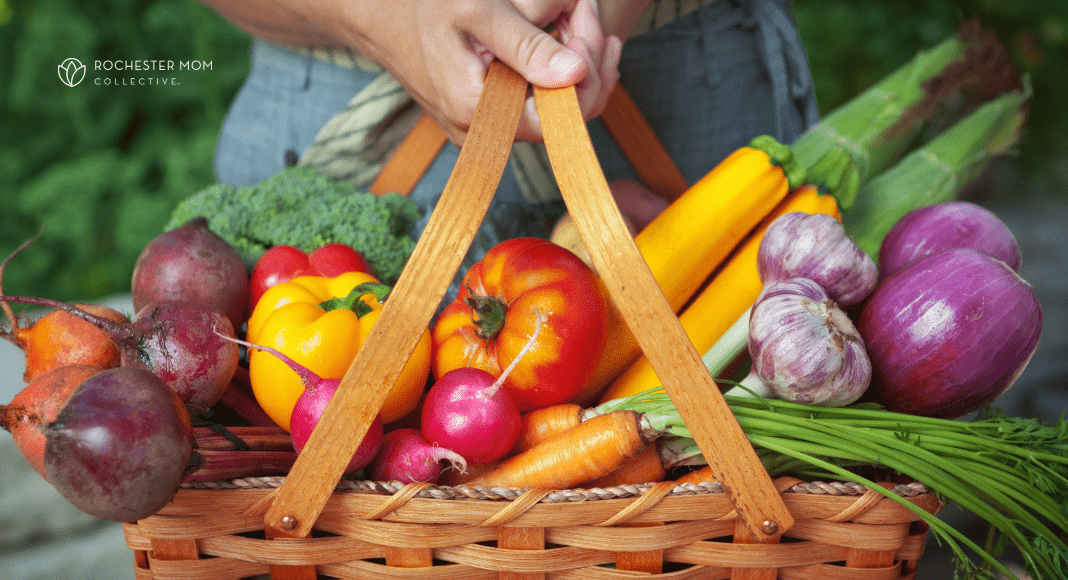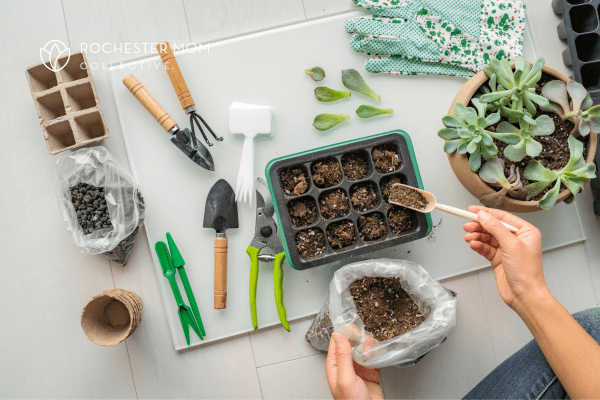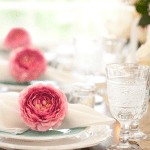
Gardening in upstate New York poses a unique set of challenges. The shortened growing season, unpredictable weather, and variety of pests native to the area make it easy to get overwhelmed or discouraged when you are first starting out. Prepared with the right information, gardening at home can be a fun and rewarding experience!
Planning Your Garden
My journey as an amateur gardener started in 2017 planting some berry bushes with my grandmother. We were able to purchase seedlings of native wild berries through the Monroe County Soil and Water Conservation District’s Annual Tree and Shrub sale. (A great resource for affordable local plants and free information on them!) The seedlings looked like sticks that were 6-10” tall. We planted two raspberry seedlings and multiple varieties of blueberry seedlings in the ground towards the end of April, watering them each day. They grew! But it took two years before they were large enough to bear fruit for us. The bushes are still growing strong today, now feeding my toddler fresh berries for most of the summer months! In the years following, I have experimented with different vegetables and plants each year. The weather is unpredictable and always changing. Every year is a new adventure.
The first advice I would give anyone looking to start a garden is grow what you like to eat! For my family, we started with berries which was a lesson in patience that truly paid off. We grow potatoes, tomatoes, salad greens and cucumbers in our yard every year because we eat them faster than we can grow them here! We also like to keep a small herb garden inside in our kitchen to cook with. The challenges you may encounter along the way will be worth it when you are growing something you really enjoy.
The next important consideration is when to start planting, which can vary depending on what you want to grow. Onions and garlic need to be planted in the fall of the previous year. Potatoes should be planted early in the spring – I got ours in the ground during the second week of April. Many plants require you to wait until all threats of frost have passed. In Rochester that usually means planting in early May. (I like to reference the yearly Farmers Almanac as a safe prediction for frost.)
Starting Out

Keep in mind that different varieties of plants require a different number of ‘days to maturity’ so always check that information when selecting what to grow. Planting in May doesn’t always leave enough time for a plant to reach maturity and provide a full harvest. Thankfully, there are some ways to work around this. You can start germinating seeds earlier inside and transplant them outside once they have grown a bit and the weather is warmer. Or you can purchase plants as seedlings. Some companies will ship seedlings to you based on proper planting time for your region. Seedlings are usually more expensive than seeds but are very likely to thrive with proper care – a great option for first time gardeners.
Many plants can be grown in pots -indoors or out – which can be a good way to start. The ability to move the pots allows you to figure out the optimal placement for the proper amount of sunlight for your plants. Many salad greens can be sensitive to too much sunlight. In the hot, dry days of July I find myself moving those pots to a more shaded spot in the yard. Growing in pots also allows you to control the soil which can be a huge help if you don’t know what the soil in your yard is like or you don’t want to have to mess around amending it.
Pest Issues
Finally, let’s talk about pests. Where I live in Greece, we get a variety of wildlife that will try to eat our plants which has required creative solutions. For our berry bushes, the birds are a huge nuisance. They often go for the fruit before it is even ripe! We have two bird feeders that we keep full but still, they prefer to eat our berries. What seems to have worked best is actually so simple, bright shiny objects on the bushes. We tied some strips of reflective paper on the branches and have seen a huge decrease in our berries being eaten!
When we started growing vegetables in the actual soil of our yard, we became aware of moles. They would push out the potatoes before they were done growing. I found little solar powered spikes to stick in the ground that give off a vibration periodically and keep the moles away. We also get rabbits and deer in our yard. My favorite way to keep them from getting into my garden has been planting things they don’t like. Citronella, lemongrass, lavender, and marigolds are a few good options that deter a variety of animals.
Start small and keep a record of what you do. With a little bit of planning and patience, anyone can become a gardener!















